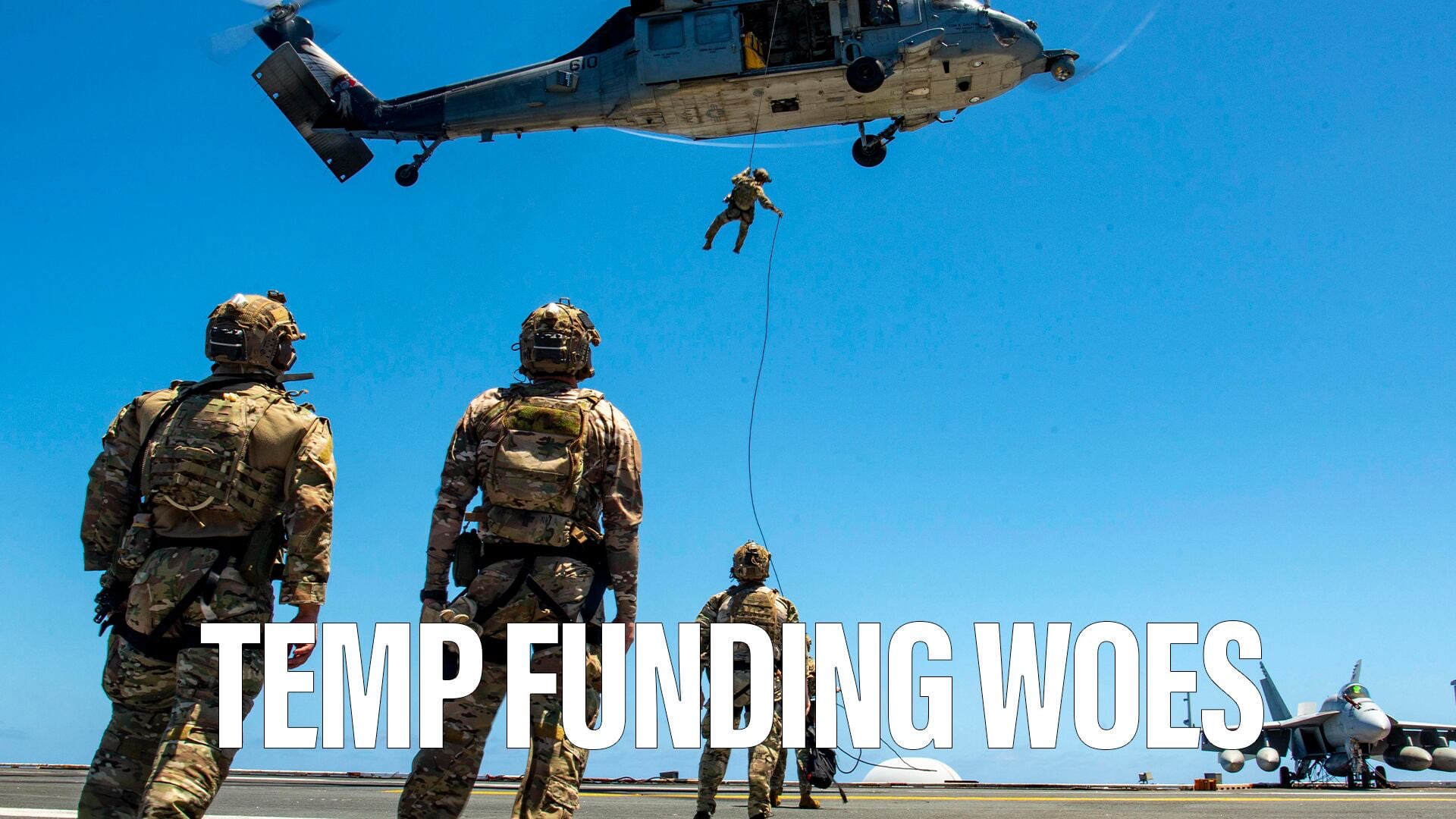The US decision to move 250 tanks, armored personnel carriers and howitzers to the Baltics, Bulgaria, Germany, Poland and Romania is a welcome signal for NATO allies worried about Russia.
While new and existing gear is being moved forward, US troops stationed in Europe will hardly increase. Rather, US soldiers will be rotated through the region for training.
The message would have been more powerful had Washington also said it would stop withdrawing forces from Europe and start meaningfully increasing them. More equipment is reassuring, but more forces indicates a stronger commitment to allies on the borders of a bellicose Russia.
The reality is, stability worldwide often depends on the presence of US forces.
South Korea and Japan just celebrated 50 years of peaceful post-World War II-relations that fostered unprecedented economic growth made possible by US forces in both countries.
On the other side of the world, US forces and diplomats were equally key in forging a prosperous Europe. While NATO's heightened activity in the wake of Russia's Ukraine campaign has been criticized by some as ineffective, even Russian President Vladimir Putin has said he'd be crazy to attack a NATO country and trigger wider war.
Still, Moscow continues to raise tensions, threatening NATO and European nations with nuclear weapons and violating the Ukraine cease-fire even as a new truce is negotiated. NATO's long-term Russia strategy must include more training and equipment, but also more troops. More shoes in offices are welcome, but in this case, there's also a need for more boots on the ground.
And as long as Russia resorts to nuclear intimidation, America and its allies must invest in deterrent capabilities. When Washington confirmed that it would — as it had hinted for months — return a token force of heavy weapons to Europe, Russia countered it would add another 40 nuclear ballistic missiles to its arsenal this year.
As Deputy US Defense Secretary Bob Work recently noted, Russia's willingness to flaunt its nuclear capabilities is a scare tactic to intimidate the United States and its allies. While Russia's aggression is improving NATO solidarity, it also makes it clear the United States must take a far more strategic view of its nuclear modernization needs, given that each leg of America's nuclear triad requires either replacing or upgrade. According to Work, that will cost DoD "an average of $18 billion a year from 2021 to 2035 in FY16 dollars," or about 7 percent of the projected DoD spending in the 2020s when these programs peak.
During that period, the Navy must replace its Ohio-class ballistic missile submarines, and the Air Force will acquire its Long-Range Strike Bomber while upgrading its Minuteman intercontinental ballistic missiles. That doesn't include the staggering costs of revitalizing the nation's nuclear weapons infrastructure that is quite literally crumbling after decades of underinvestment.
DoD's problem is that without relief from budget caps, it will have to cover the cost of these massively expensive programs within a fixed budget. That means the Air Force and Navy will have to gut other ship, aircraft and weapons programs that can manage escalation and deter conventional aggression.
For decades, nuclear systems have underpinned US deterrent capabilities. They will be increasingly important in a world where competing powers are revitalizing their nuclear and conventional capabilities. The key to deterrence is convincing adversaries that America's nuclear arsenal is modern, capable, reliable and formidable enough to avoid a potentially devastating miscalculation. The right message is to properly resource these key programs as a strategic investment in the nation's security.







